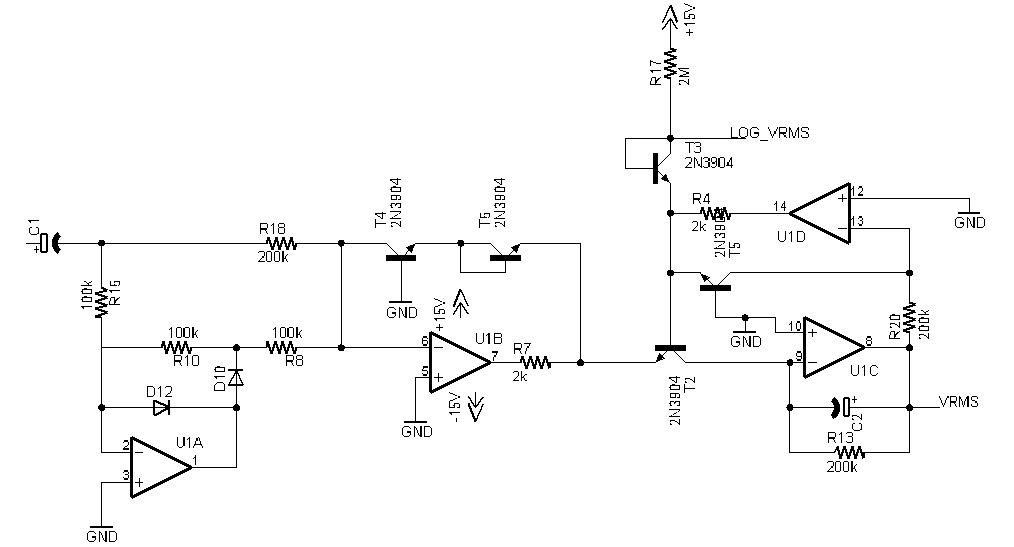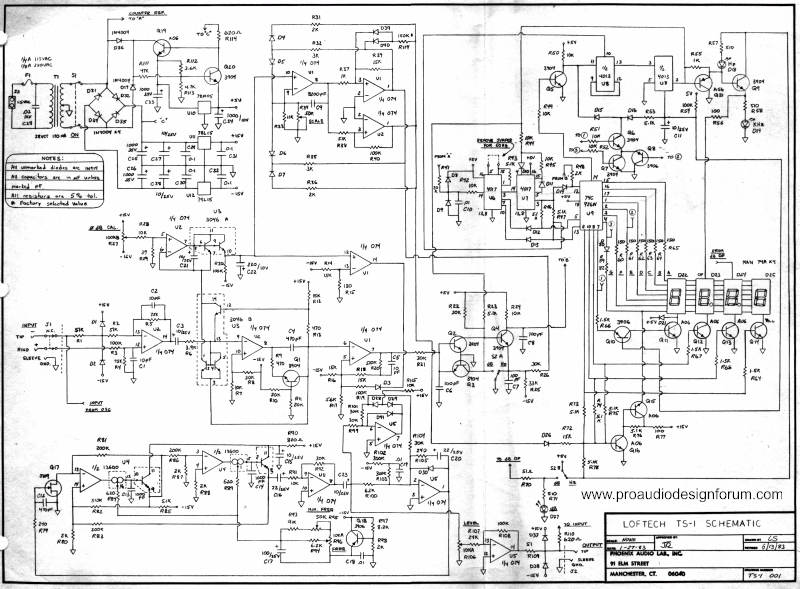This is the catch-22 for designing test equipment... What do you plan to measure with it? If you want to tweak out performance of a THAT 1646 you need a path significantly better.
Back in the '80s when I designed a practical Audio range test set for trouble shooting I accepted less than bench level performance to keep costs down. The product was successful because when you troubleshoot gear it usually misbehaves pretty grossly (and a lot of equipment back then was not as flat and linear as today, like old tape recorders).
These days you could cover my old unit with a sound card... To get significantly better than a sound card takes some effort. Perhaps that might be a direction to pursue. Hot rod a sound card to extend the resolution/noise floor/whatever.
That way the available software to repurpose sound cards could be utilized..... or not.
For example to extend the measurement range for using a computer sound card to measure noise floor, build in a SOTA front end gain stage, maybe with noise weighting built into the front end gain stage. That way the sound card noise floor is effectively scaled down by the gain stage and now limited by that gain stage noise floor.
As Sam has documented with some of his exploration of test equipment design limits, you always run into some threshold. So pick your poison.
JR
PS: Decades ago to extend the measurement range of my (budget) test bench I used a heathkit distortion analyzer in front of an old used spectrum analyzer. Neither unit by itself was very remarkable, but together I picked up a couple ten dB of more range. FWIW I had to run the Heathkit audio path at -10dB from nominal zero, for the heathkit's own distortion to not dominate my distortion measurement floor.
Back in the '80s when I designed a practical Audio range test set for trouble shooting I accepted less than bench level performance to keep costs down. The product was successful because when you troubleshoot gear it usually misbehaves pretty grossly (and a lot of equipment back then was not as flat and linear as today, like old tape recorders).
These days you could cover my old unit with a sound card... To get significantly better than a sound card takes some effort. Perhaps that might be a direction to pursue. Hot rod a sound card to extend the resolution/noise floor/whatever.
That way the available software to repurpose sound cards could be utilized..... or not.
For example to extend the measurement range for using a computer sound card to measure noise floor, build in a SOTA front end gain stage, maybe with noise weighting built into the front end gain stage. That way the sound card noise floor is effectively scaled down by the gain stage and now limited by that gain stage noise floor.
As Sam has documented with some of his exploration of test equipment design limits, you always run into some threshold. So pick your poison.
JR
PS: Decades ago to extend the measurement range of my (budget) test bench I used a heathkit distortion analyzer in front of an old used spectrum analyzer. Neither unit by itself was very remarkable, but together I picked up a couple ten dB of more range. FWIW I had to run the Heathkit audio path at -10dB from nominal zero, for the heathkit's own distortion to not dominate my distortion measurement floor.




